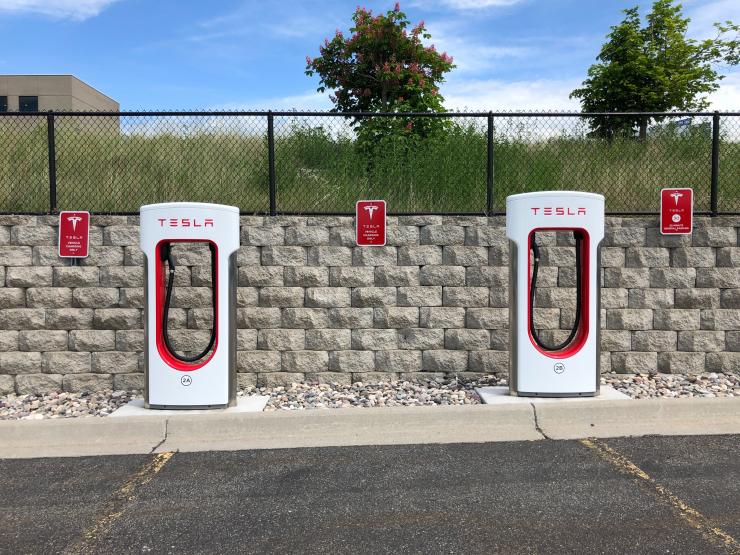Energy in Transportation
We can explore energy in the transportation sector the same way we looked at power generation. First, energy for transportation is driven by the same four attributes as electricity- accessibility, reliability, security, and sustainability. And the definitions of these four parameters are the same as we learned in an earlier lesson, except that they manifest themselves in quite different ways. For example, use of fossil fuels is a significant contributor to greenhouse gas emissions, and therefore climate change. Striving for sustainability in the transportation sector becomes a key issue.
Second, accessibility takes on a different impact. Even though an area may have adequate access to electricity, unless it is made available in a way that can be used in transportation, such as an adequate network of charging stations, one can argue that it is not accessible.
Third, reliability may be a factor of spacing between charging stations or time to recharge batteries. If the spacing between charging stations is greater than the distance I can get from my electric vehicle on one charge, then the system is not reliable.
Finally, security becomes important as we switch sources of energy. The more electric cars we have, the more important the security of the power grid becomes. If something were to disrupt our power grid, we would not only lose electricity to run our homes and businesses but would then also lose the ability to move about.
The dual nature of energy in the transportation sector.
With the advent of electric vehicles, we now must deal with two aspects of supporting the transportation sector. There is the direct use of fuels for transportation, such as gasoline or diesel for cars, trucks, planes, and trains. Even compressed natural gas or hydrogen-powered vehicles use a fuel source directly on board the vehicle. However, we now must contend with indirect fuel use. This is true of electric vehicles. The electricity must come from somewhere, and the fossil fuel to renewables transition means that it will impact the transportation sector in terms of how the electricity is generated.
We are also realizing opportunities for direct use of renewables. For example, there are experimental trains, aircraft and seafaring vessels powered by solar energy. As you can imagine, the practicality of powering something in motion with renewable energy sources becomes somewhat of an engineering and logistical challenge. That said, some of the earliest transportation, ships on the ocean, for example, were powered by wind first, before the advent of steam power (fueled by burning coal onboard).

